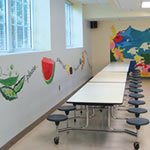
Making the most of available space by gong underground.
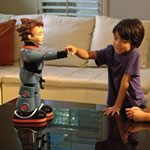
Technology tools in the classroom continue to advance, providing not only innovation, but more importantly, functionality.
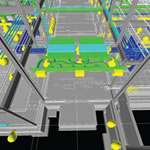
To make the most informed design decisions, school districts should follow a regimented approach to a construction project. This approach should always start with master planning, which sets the stage and builds a case for any project that may arise from this effort.
Automated alarm systems can provide significant benefits for facility maintenance organizations.
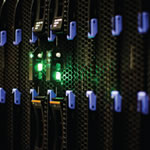
Expert advice for facilities managers on understanding and managing integrated technology and building management systems.
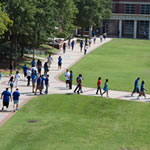
Tennessee State University tightens security with new student ID badges in response to security incidents over the past year.
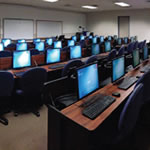
Dynamic furniture, which can move and convert to serve more than one purpose, is available for a variety of campus spaces.
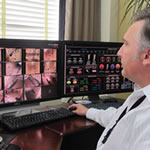
Effective access control systems include technology, people, policies and training. Here's how those components fit together.
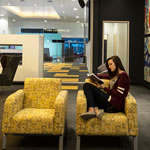
Students are creative, intelligent and resourceful and a great source of feedback when it comes to campus furniture.
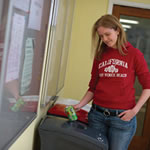
Colleges and universities are involved in a number of reduce-reuse-recycle initiatives as they travel the path to becoming zero-waste.
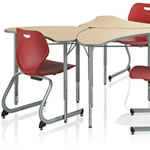
Successful active teaching and learning depends on making the correct decisions about furnishings.
As the trend of outsourcing services grows, schools need to examine the pros and cons. What should you keep and what's safe to give up?

Creating activity permissible classrooms.
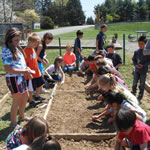
Overall participation is the key to a successful program.
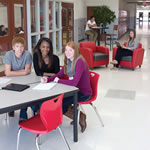
New school designed with student collaboration in mind.
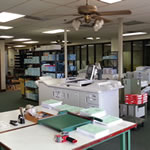
More and more K-12 school districts are discovering the cost-cutting, quality-boosting efficiencies of outsourcing.
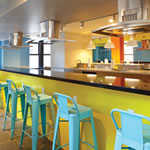
An unconventional commons in midtown Manhattan is designed with students in mind.

Bring facility departments to the next level with solid training and preparation of supervisory personnel.
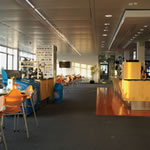
Experts share their preferences and decision-making processes for choosing the right flooring.
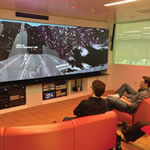
The digital delivery of information across campus is facilitated by the proliferation of innovative video screens.
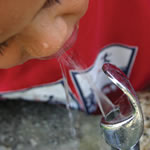
Germs must be dealt with in a firm and consistent manner.